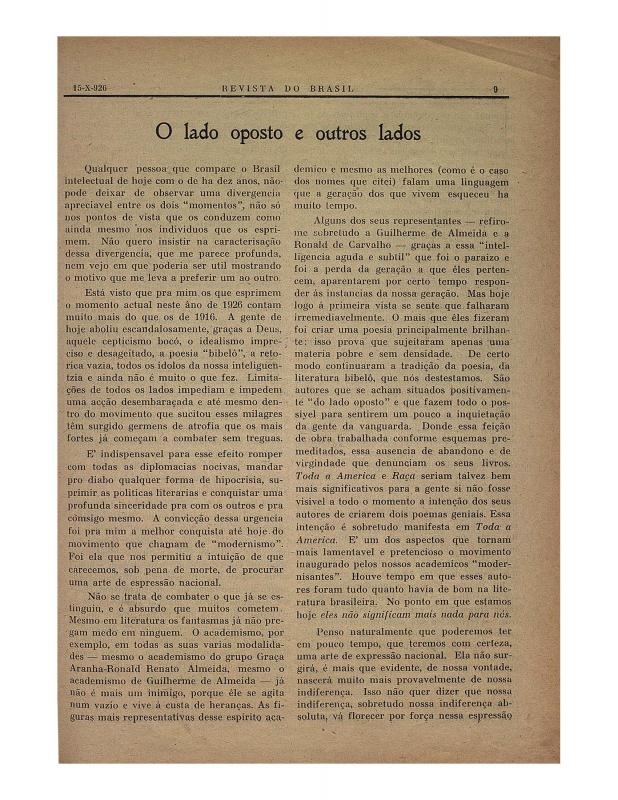“O Semeador e o Ladrilhador” [The Sower and the Bricklayer] is the title of chapter four of As Raízes do Brasil [Brazilian Roots], the book by the writer, journalist, and historian Sérgio Buarque de Holanda (1902–1982), which begins with a general overview of Iberian culture, then focuses on European colonization of Latin America. This broad approach allows the historian to present the occupation of the continent in the form of a detailed narrative of colonial history. This is a comparative, highly original way of presenting this period—under both Spanish and Portuguese rule—in a style that is more reminiscent of contemporary social history, which includes insights into the culture and psychology of the time. This version of that history gives us a way to understand the attitudes and the material culture of the period. This classical account of sociological history had a huge impact on ways of thinking about Brazil when it was first published in the 1930s and is still relevant today.
There is a text that reveals some of the author’s links to Brazilian modernism, in which he identifies those he considers to be key figures in that movement. At the invitation of both Mário and Oswald de Andrade, Sérgio Buarque de Holanda took part in the famous Semana de Arte Moderna in 1922; see “O lado oposto e outros lados,” [ICAA digital archive, doc. no. 781100]. At the time of writing the above-mentioned essay (1926), Buarque de Holanda had just graduated with a law degree and had started working at the newspaper O Progresso. He had also founded the magazine Estética with Prudente de Morais Neto, whom he would later bring into the above-mentioned movement. De Holanda’s academic career, with a focus on history and sociology, really began during the following decade when he wrote Raízes do Brasil (1936) after a long stint in Germany (1929–1936) as a correspondent for Diários Associados.

